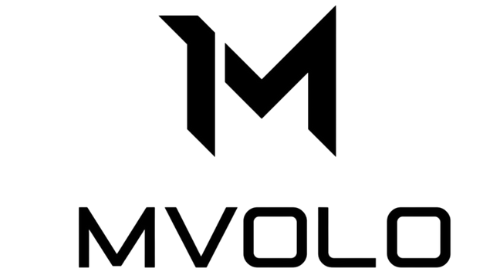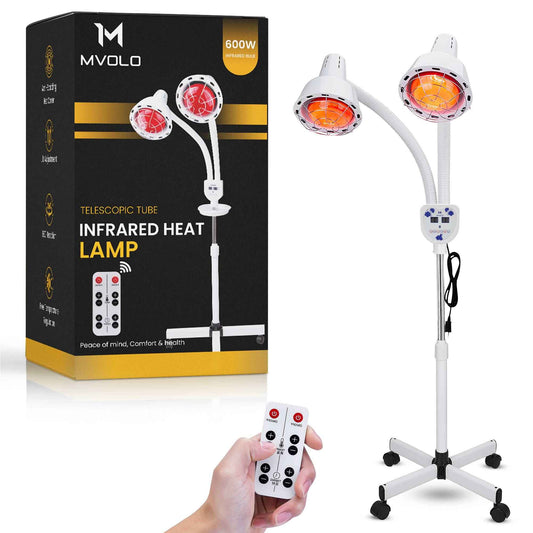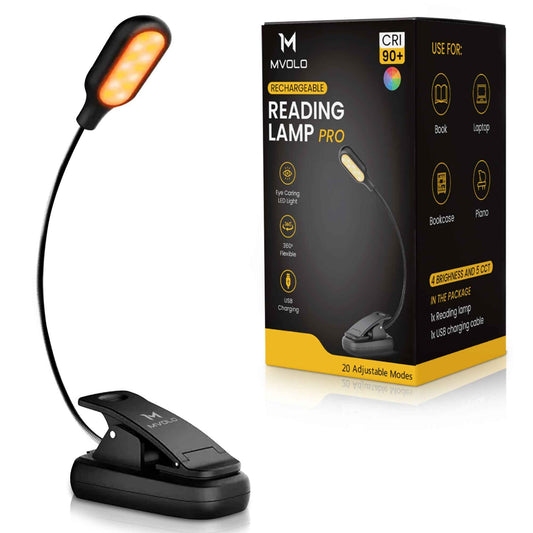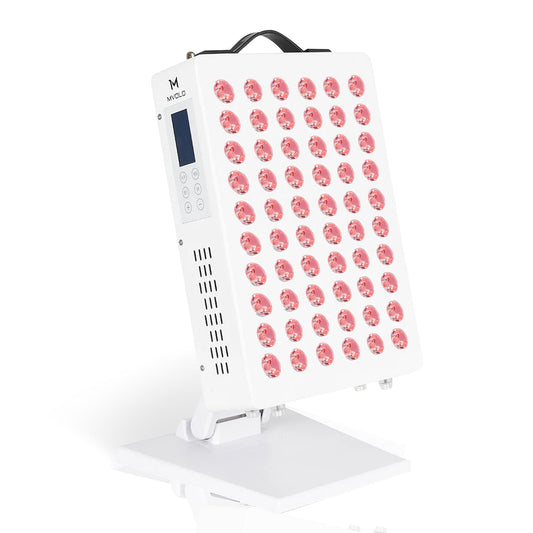Red Light Therapy and Cycling: The Ultimate Duo for Performance & Recovery
Part
What Is Red Light Therapy?
Red light therapy (RLT) is a natural, non-invasive treatment that uses low-level wavelengths of red and near-infrared light. These wavelengths penetrate the skin and stimulate cellular activity, primarily by energizing the mitochondria, which produce ATP (adenosine triphosphate), the energy currency of cells. More ATP equals better cellular repair, regeneration, and performance.
RLT is different from UV or blue light therapy. It does not damage skin, doesn't tan, and does not heat tissues. It helps your body heal, recover, and optimize naturally.
Why This Matters to Cyclists
![]()
![]()

📊 Did you know? A 2023 clinical trial showed a 50% reduction in delayed onset muscle soreness (DOMS) in cyclists using red light therapy compared to a control group.
Cyclists, both professional and amateur, are turning to red light therapy to combat fatigue, reduce injury risk, and recover faster between rides. With consistent use, it becomes a secret weapon in endurance training.
Key Benefits of Red Light Therapy for Cyclists
Faster Muscle Recovery
✅Speeds up repair of muscle fibers
✅Decreases soreness and stiffness
✅Enables more frequent, intense training
Decreased Inflammation & Joint Pain
✅Reduces inflammation in knees, hips, lower back
✅Increases range of motion
✅Especially effective for aging athletes
Improved Energy Production
✅Boosts ATP production in muscle cells
✅Enhances endurance and oxygen use
✅Supports cardiovascular performance
Better Sleep and Mental Recovery
✅Enhances melatonin production
✅Helps regulate sleep cycles
✅Supports deeper recovery overnight
Real-World Case Studies from Cyclists

Case Study 1: A recreational triathlete used a red light therapy panel on his legs daily for 4 weeks. Result: FTP (Functional Threshold Power) increased by 9% and leg soreness after long rides decreased by 40%.
Case Study 2: A cycling club in Utrecht adopted red light wraps post-ride. 15 members reported a 30% faster recovery rate and fewer muscle cramps.
Case Study 3: A 52-year-old cyclist with knee pain started using red light therapy on his joints. Within 6 sessions, he noticed improved joint comfort and eliminated post-ride pain.
How to Use Red Light Therapy in a Cycling Routine
Post-Ride:
✅Apply to quads, hamstrings, calves for 10–20 minutes
✅Focus on sore or fatigued areas
Pre-Ride:
✅5–10 minutes on legs to boost blood flow
Sleep Aid:
✅Use red light panel or mask on face/chest 30 minutes before bed
Weekly Plan:
✅3–5 sessions per week
✅Avoid treating the same muscle group within 24 hours
✅Results improve with consistency
Device Types for Cyclists
Targeted Panels
✅Best for legs, back, joints
✅High-intensity and effective for home use
Wraps & Belts
✅Portable and adjustable
✅Great for hips, knees, and long-distance recovery
Handheld Devices
✅Convenient and budget-friendly
✅Ideal for treating specific pain points
Look for:
✅Wavelengths: 660nm (red), 850nm (NIR)
✅Irradiance: 100mW/cm2+
✅Certifications: FDA-cleared, CE-approved
Ready to Ride Stronger, Longer, and Smarter?
🍋 Visit Mvolo.nl to explore our expert-picked red light therapy devices designed for cyclists. Power your performance with recovery technology built for riders like you.
Red Light Therapy vs Traditional Recovery Methods
| Method | Benefits | Drawbacks |
|---|---|---|
| Red Light Therapy | Cellular repair, fast, non-invasive | Cost of device |
| Ice Baths | Reduces inflammation | May delay muscle rebuilding |
| Compression Gear | Promotes circulation | Passive, limited scope |
| Massage Therapy | Relieves tension and stress | Expensive, not always available |
Safety, Misconceptions & Usage Tips
Safety:
✅FDA-cleared, non-invasive
✅Eye protection recommended for facial use
Common Myths:
✅"It burns your skin"- fals"e, it's non-thermal
✅"Only pros use" it"false, affordable for amateurs
Usage Tips:
✅Use on clean, dry skin
✅Treat specific areas only
✅Stay consistent for best results
Frequently Asked Questions
Q: Does red light therapy help with cycling recovery? Yes. It reduces muscle soreness and speeds healing.
Q: Can I use red light therapy every day? Yes, 3–5 times a week is ideal. Avoid back-to-back sessions on the same area.
Q: Is red light therapy safe for all ages? Yes, it’s drug-free and safe for long-term use.
Q: Is it better before or after a ride? Both. Pre-ride for warm-up, post-ride for recovery.
Conclusion
Red light therapy is revolutionizing recovery in the cycling world. It supports muscle health, reduces pain, and accelerates performance gains. Whether you're a weekend warrior or elite competitor, this powerful tool can level up your training.
REFERENCE
References
Baroni, B. M., Leal Junior, E. C. P., De Marchi, T., Lopes, A. L., Salvador, M., & Vaz, M. A. (2010). Low level laser therapy before eccentric exercise reduces muscle damage markers in humans. European Journal of Applied Physiology, 110(4), 789–796. https://doi.org/10.1007/s00421-010-1578-6
Leal Junior, E. C. P., Lopes-Martins, R. Á. B., Dalan, F., Ferrari, M., & Bjordal, J. M. (2009). Effect of 660 nm and 850 nm LED light on muscle fatigue, recovery and performance in cyclists. Lasers in Medical Science, 24(6), 909–916. https://doi.org/10.1007/s10103-008-0633-5






